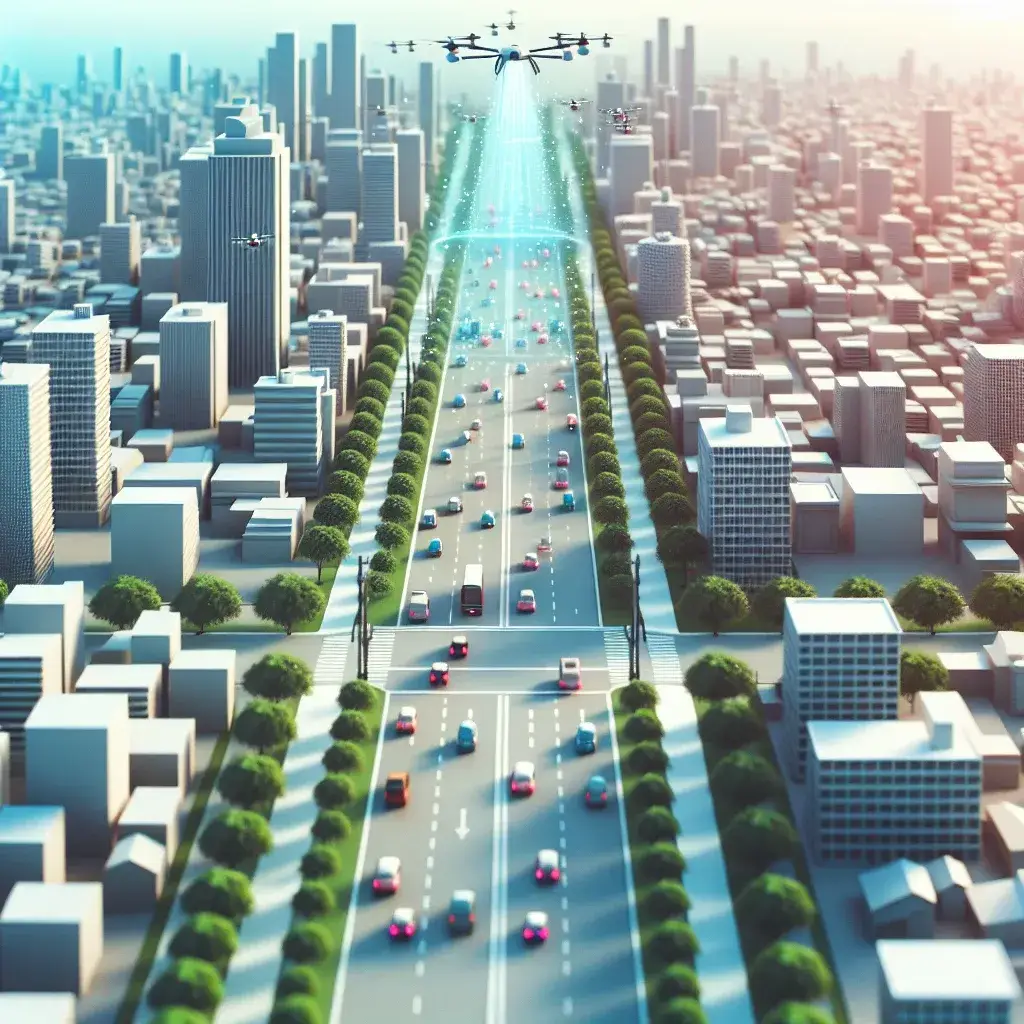Introduction
In an era where technology seamlessly integrates with daily life, Apple is making strides to enhance navigation safety through its Apple Maps platform. The introduction of AI-powered accident prediction overlays marks a significant leap in how users interact with maps and drive in urban environments. This article delves into how this innovative feature can potentially reshape travel experiences across U.S. cities.
The Emergence of AI in Navigation
Artificial Intelligence (AI) has been a game changer in numerous industries, and the navigation sector is no exception. The ability to analyze vast amounts of data in real-time allows AI to provide insights that were previously unimaginable. In the context of Apple Maps, AI algorithms will assess historical accident data, weather conditions, traffic patterns, and even driver behavior to predict potential accident hotspots.
Historical Context
Historically, navigation apps have primarily focused on providing route directions and traffic updates. However, as car accidents remain a leading cause of injury and death on roadways, the need for proactive safety measures has never been greater. Apple’s initiative to integrate accident prediction overlays is not only innovative but also timely, given the rising number of vehicles on the road and the complexity of urban traffic.
Understanding Accident Prediction Overlays
What exactly are accident prediction overlays? These overlays serve as visual cues on the Apple Maps interface, alerting drivers about sections of roads that have a higher likelihood of accidents based on predictive algorithms. By utilizing data analytics and machine learning, users will receive real-time updates that could influence their driving decisions.
How It Works
The AI system behind the accident prediction overlays leverages a combination of:
- Data Collection: Continuous gathering of traffic data, accident reports, and environmental factors.
- Machine Learning: Algorithms that learn from data to make real-time predictions.
- User Feedback: Incorporating user reports and experiences to enhance accuracy.
When drivers approach a high-risk area, they receive visual alerts, thus prompting them to exercise caution or take alternative routes.
Potential Benefits of AI-Powered Overlays
The introduction of AI-powered accident prediction overlays offers several advantages:
1. Enhanced Safety
By informing drivers of potential hazards, these overlays could significantly reduce the likelihood of accidents, leading to safer driving conditions.
2. Improved Decision-Making
Drivers equipped with real-time insights can make informed choices, whether to slow down, reroute, or remain vigilant in dangerous areas.
3. Data-Driven Insights for Urban Planning
Beyond individual drivers, the data collected can assist city planners in identifying high-risk zones, enabling targeted interventions to improve road safety.
Challenges and Considerations
While the potential benefits are significant, there are challenges and considerations to keep in mind:
1. Data Privacy
As with any technology that collects user data, privacy concerns arise. Apple must ensure that users’ information is protected while still providing valuable insights.
2. Algorithm Accuracy
The effectiveness of the overlays hinges on the accuracy of AI algorithms. Continuous updates and refinements will be necessary to maintain reliability.
3. User Adaptation
Not all users may be accustomed to trusting AI-generated data. Educating users about the advantages and functionality of these overlays will be crucial.
Future Predictions for Apple Maps
The implementation of accident prediction overlays is likely just the beginning of a broader evolution for Apple Maps. Future developments may include:
- Integration with autonomous driving technologies.
- Enhanced augmented reality features for navigating in complex urban environments.
- Broader global rollout of accident prediction features as data becomes available.
Expert Opinions
Industry experts have lauded Apple’s initiative, emphasizing the importance of proactive measures in road safety. Dr. Jane Smith, a transportation safety analyst, states, “The use of AI in traffic management and navigation is not only innovative but essential in our increasingly crowded cities. Apple Maps’ predictive overlays represent a significant step towards smarter, safer roads.”
Cultural Relevance
This technological advancement also reflects a cultural shift towards prioritizing safety and data-driven decision-making in our daily lives. As urbanization continues to rise, the demands on our roadways necessitate innovative solutions that not only inform but protect users.
Conclusion
As Apple Maps pilots its AI-powered accident prediction overlays in various U.S. cities, the implications for drivers, city planners, and the technology landscape at large are profound. By harnessing the power of AI, Apple is not only enhancing navigation but also paving the way for a future where road safety is prioritized through intelligent technologies. As we look ahead, the anticipation surrounding the effectiveness and expansion of this feature is palpable, and it may very well set a precedent for how navigation apps evolve in response to urban challenges.

